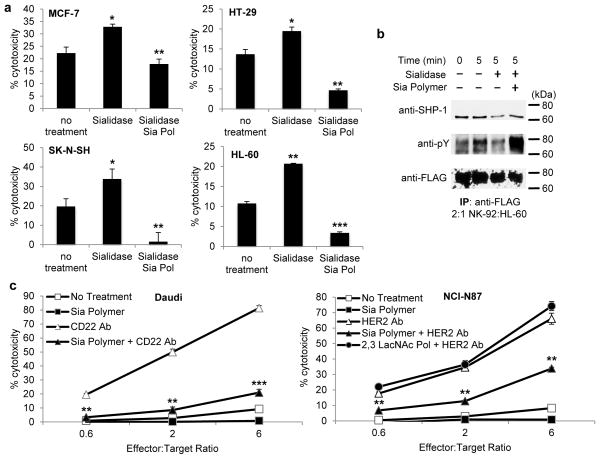Figure 5. Sialylation status affects susceptibility to native and antibody-dependent NK cytotoxicity in multiple cancer lines.
(a) Removal of cell surface sialic acid from cancer cell lines increases NK cell-mediated cytotoxicity. NK immunoprotection is recovered by treatment with the Sia polymer (Sia Pol). Cancer target cells were treated with VC sialidase for 1 h at 37 °C before polymer incorporation at room temperature and coculture with purified NK (5:1, effector:target) (b) Western blot analysis of Siglec-7 phosphorylation after target cell sialylation remodeling. Promyelocytic HL-60 cells treated with sialidase and coated with Sia polymer were cocultured with NK-92 cells overexpressing Siglec-7 at a 2:1 effector to target ratio and lysed immediately or at 5 min. (c) Cytotoxicity assays performed with Daudi B lymphoma and NCI-N87 gastric carcinoma cells in the presence of 10 μg/mL anti-CD22 or 2 μg/mL anti-HER2 antibody respectively in increasing NK:target ratios. Data are presented as mean ± s.d. (n = 3; *P < 0.05, **P < 0.01, ***P < 0.001 for Sia polymer coated versus no polymer control, two-tailed, paired analysis). Full blots are shown in Supplementary Note 2.

